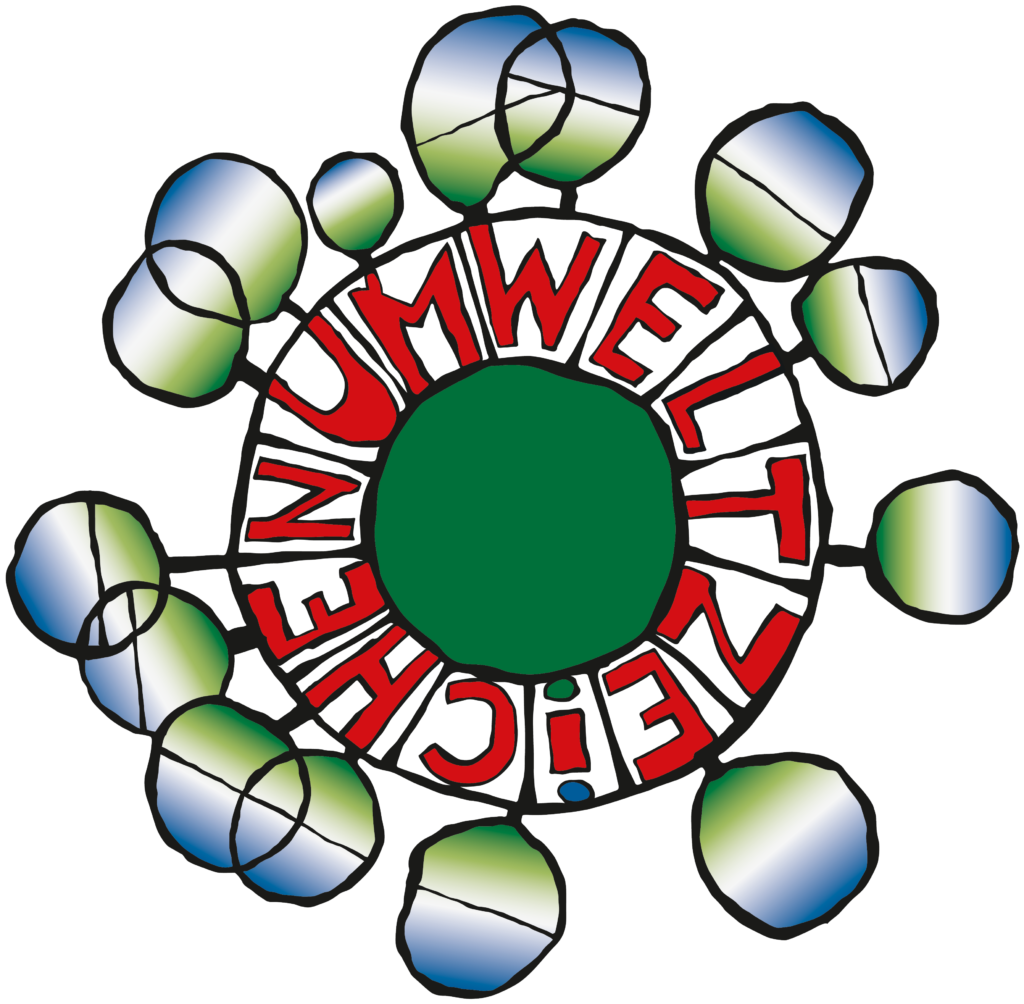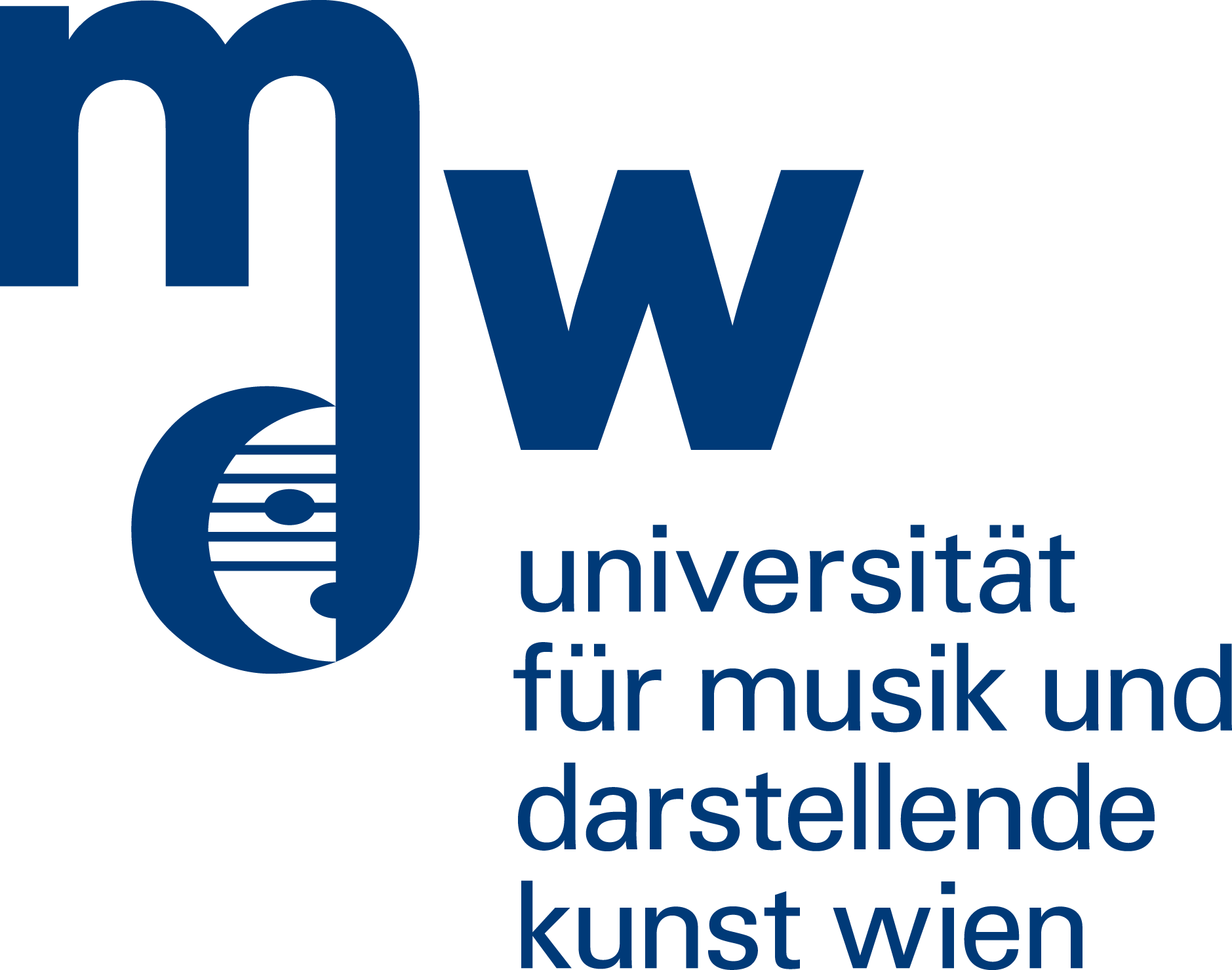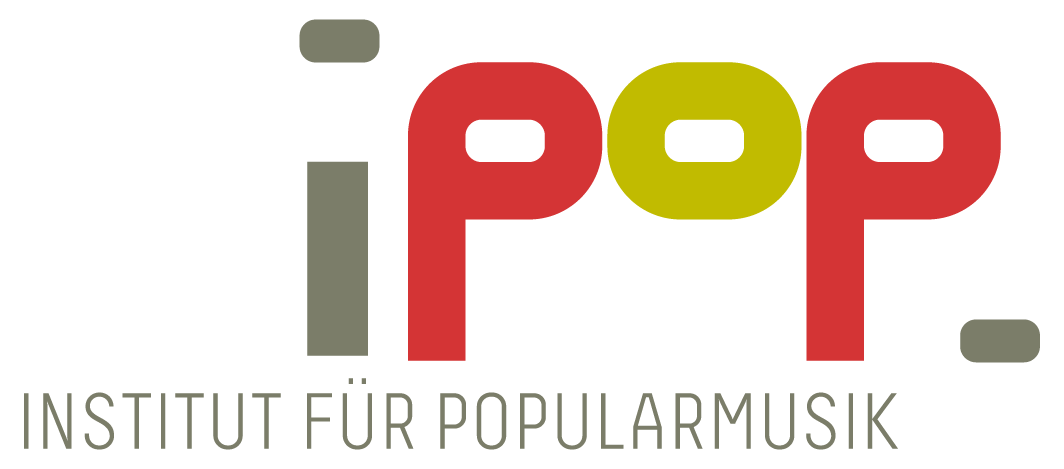Rhythm under the Microscope
An Interdisciplinary Conference on Microrhythm and Groove in Popular Music
25-27 September 2024, University of Music and Performing Arts Vienna, Institute of Popular Music
Organized by Ralf von Appen in Collaboration with David S. Carter (Loyola Marymount University)
Keynotes: Anne Danielsen (RITMO, University of Oslo) and Justin London (Carleton College)

This conference has been licensed by the University of Music and Performing Arts Vienna, and meets the criteria of the Austrian Ecolabel UZ62 for ‘Green Meetings and Green Events’. Certificate No. 151463
Conference Schedule
Location for all Presentations: Joseph Haydn-Saal (A0105, Main Entrance, 1st floor)
Wednesday, September 25
10:30
Welcome (Rector Ulrike Sych, Ralf von Appen)
11:00 – 12:30
Steffen Just: Forgotten time machines. A (Digital) media history of micro-time aesthetics on piano rolls for player pianos, 1900–1930
Patrick Ainsworth: Early funk under the rhythmic microscope
12:30 – 1:30
Lunch
1:30 – 2:30
Keynote Anne Danielsen: There’s more to timing than time: shaping microrhythm in groove-based music
2:45 – 4:15
Psyche Loui: The neurological basis of music-induced entrainment:
Insights from neuropsychological and cross-cultural studies
Steffen Lepa & Martin Pfleiderer: Beyond groove – Entrainment and feeling of motion in popular music as a multidimensional phenomenon
4:30 – 6:00
Noam Lederman: Exploring microtiming elements in real-time interactions between professional drummers and a conversational drumming agent
Kjell Andreas Oddekalv: “I’m sorry y’all, I often drift – I’m talking gift”
Microrhythmic analysis of rap – categorization, malleability and structural bothness.
8:00
Concert We Salute You (Klangtheater)
Thursday, September 26
9:30 – 11:00
Frederick Hosken: Stem separation of full band recordings for MIR analysis
Dave Foster & Simon Dixon: Dual-onset detection for rhythmic analysis of jazz recordings
11:15 – 12:45
Ralf von Appen & David Carter: Measuring the myth. Microtiming and tempo variability in the music of the Rolling Stones
Guilherme Schmidt Câmara: Looking for the perfect JND: in search of more ecological thresholds for the perception of microrhythm in groove-based music
12:45 – 1:45
Lunch
1:45 – 3:15
3 Workshops (simultaneously):
Egor Polyakov:
How constant is your beat? Computer-assisted analysis of beat and tempo fluctuations from acousmatic music to minimal techno with “beat_it” Toolbox.
Jan Inge Nilsen:
Quintuplets as basic subdivision in groove-based music: from metric understanding to time feel
Kristian Wahlström:
The Groove of AC/DC: From Spectral Analysis to Performance and Pedagogical Practices
3:30 – 4:30
Keynote Justin London: Getting closer to Music as Heard: from rhythm to expressive timing to microrhythm (and beyond!)
5:00 – 5:45
Matthias A. Zoeller: Humanize in DAWs – A system theoretic and psychoacoustic approach
8:00
Conference Dinner
Friday, September 27
10:15 – 11:00
Gérald Guillot: Didactic regulation to counter cultural resistance within an Afro-Brazilian structural microtemporality learning process
11:15 – 12:45
Rainer Polak & Sylvie Nozaradan: Non-isochronous subdivisions as metric forms
George Sioros: Non-Isochronous grids: connecting microtiming, maximal evenness and polyrhythms
12:45 – 2:00
Lunch
2:00 – 3:30
Nuno Trocado: Swinging in double-time: the affective qualities of fast jazz rhythm
Stephanie Doktor: Microrhythmic expression in jazz fusion: A case study on Hiatus Kaiyote
3:45
Closing Remarks
List of Hotels
 Austrian Ecolabel Certified Hotels
Austrian Ecolabel Certified Hotels
magdas HOTEL Vienna City
(5-8 min. walk to the university)
Ungargasse 38, 1030 Wien
Tel.: +43 1 7200 288
hotel@magdas.at
the social hub Vienna
(16 min. on the S-Bahn; 25 min. on the tram)
Nordbahnstraße 47, 1020 Wien
Tel.: +43 72 0882556
vienna@thestudenthotel.com
Novotel Wien City
(20 min. walk; 17 min. on the tram)
Aspernbrückengasse 1, 1020 Wien
Tel.: +43 1 903030
H6154@accor.com
Der Wilhelmshof
(14 min. on the S-Bahn)
Kleine Stadtgutgasse 4, 1020 Wien
Tel.: +43 1 / 214 55 21-0
info@derwilhelmshof.com
Further Hotel Options
Lindner Hotel Vienna am Belvedere
(14 min. walk to the university)
Rennweg 12, 1030 Wien
Tel: +43 1 794770
reception.vienna@lindnerhotels.com
NH Wien Belvedere
(14 min. walk to the university)
Rennweg 12a, 1030 Wien
Tel: +43 12 67 59 72
nhwienbelvedere@nh-hotels.com
Mercure Grand Hotel Biedermeier Wien
(5 min. walk to the university)
Landstraßer Hauptstraße 28, 1030 Wien
Tel: +43 1 716710
h5357@accor.com
HiLight Suites Hotel
(6 min. walk from the university)
Salesianergasse 2, A – 1030 Vienna
Tel: +43 1 710 78 08; WhatsApp: +43 660 1109333
manager@hilighthotel.com
Self-Catering option (apartments):
b(l)ackhome – Vienna City Center
(6 min. walk to the university)
Neulinggasse 29, 1030 Wien
Tel: 0720310711
welcome@blackhome.at
Budget-friendly option (rooms from €91/night):
Motel One Vienna-Hauptbahnhof
(16 min. on the S-Bahn; 20 min. on the tram)
Gerhard-Bronner-Straße 11, 1100 Wien
Tel: +43 1 6020000
wien-hauptbahnhof@motel-one.com
Arrival
The venue (Anton-von-Webern-Platz 1, 1030 Vienna) is centrally located and can be reached in less than half an hour by public transport, both from Vienna International Airport and the main train stations.
We recommend the journey by public transport. The following stations are within walking distance:
S-Bahn | Wien Mitte, U3 | Landstraße, U4 | Stadtpark or Landstraße and the tram line 0 | Ungargasse/Neulinggasse
In front of the campus there is a WienMobil Rad-Station, bicycle parking is available directly at the building.
E-Taxi Austria: https://www.etaxi-austria.at/
Mobility Green-mdw: https://www.mdw.ac.at/gruene-mdw/fahrrad/
CO2 compensation
If you have to travel by car and/or plane, please think about the possibility of CO2 compensation payment for a better CO2 footprint.
Some options include:
– Grow My Tree
– Greenly
The Austrian Eco-label for Green Meeting and Green Events
Since 2017, the mdw has been certified by the Austrian Environmental Label for Green Meetings. In addition, the university has developed its own internal label, FAIRanstalten, a concept for environmentally friendly, sustainable, and socially responsible conduct for large-scale events. We greatly appreciate your support in helping us achieve these goals.
To make your journey as convenient as possible, we encourage you to use public transportation. Whenever possible, please choose an environmentally friendly mode of travel. If driving or flying is necessary, you can offset your CO2 emissions through compensation payments.
Transportation from the airport to the university is easy by train (Vienna Airport Station to Rennweg or Wien Mitte Landstrasse) via the S7 train line or the CAT (City Airport Train).
If possible, choose a hotel with an environmental certification (such as the Austrian Ecolabel, EU Ecolabel, or EMAS). Certified hotels have been highlighted for you on the conference homepage. Please also support your hotel’s environmental initiatives by opting for on-demand towel and bed linen changes, etc.
Help us reduce waste by opting for beverages served in bulk or on tap, and food served on reusable tableware. Avoid individually packaged items like milk and sugar.
Please separate your waste (PET, glass, paper, metal, batteries, etc.) and dispose of it in the appropriate containers available at the venue.
Lastly, don’t forget to return your name tag at the end of the event.
Contact:
MMag.a Lenka Nota, PhD
Call for Papers
Call for Paper Presentations and Workshops
Since Charles Keil (1987) argued that very small variations in timing, which he called “participatory discrepancies,” were crucial for a sensation of groove, microrhythm has been the subject of much scholarship in a variety of disciplines. Researchers have struggled to find convincing empirical evidence for the aesthetic effects proposed by Keil. Today, however, numerous studies show that timbre, center frequency, dynamic envelope and duration influence the perception of rhythmic “feel” at least as much as timing. Recently, Danielsen et al. (2024, 180) suggested distinguishing between microtiming and microrhythm, using the latter as a broader term that encompasses not just timing but also these additional aspects.
The range of disciplines, methods, and objects of investigation has reached an impressive breadth: neuroscientists, psychologists and music theorists investigate a wide variety of folk music, jazz, rock, hip-hop, and electronic dance music using interviews, motion capture devices, and onset detection algorithms, among other tools. While many such studies have been conducted in controlled laboratory settings, analyzing commercial recordings remains a challenge, particularly in the cases of songs recorded without a click track.
Microrhythmic phenomena are also currently attracting a lot of attention on popular platforms such as YouTube, in part due to the wave of interest in the microrhythmic manipulations of pioneer J Dilla and the many producers and drummers inspired by his music. At the same time, user-friendly software is making it easy for the next generation of music producers to achieve similar effects.
–
This conference seeks to bring together musicians and scholars from various disciplines to connect their different perspectives and further the current state of microrhythm and groove research.
–
Paper presentations should be 25 minutes long, with an additional 10 minutes allotted for questions and answers. We also encourage scholars to submit ideas for 90-minute workshops in which a group of participants would have the opportunity to learn about current research methods or new software and implement them. Artistic research is also highly welcome.
Applicants can submit a maximum of one presentation proposal and one workshop proposal.
Topics of proposed papers and workshops might include but are not limited to:
- New methods for measuring microrhythmic phenomena, including the use of AI tools
- Microrhythm and bodily movement
- Perception of microrhythm and its neurological basis
- The effect of timbre, pitch, duration, etc. on the perception of groove
- Manipulation of microrhythm in digital music creation
- Relationships between the timing of multiple instruments in a band, played live or manipulated in the studio
- Expressive timing in rap vocals
- Teaching microrhythm in music education
- Microrhythm in specific folk musics
- Identifying microrhythmic “fingerprints” of famous recording artists
Submission
Please submit your abstract by May 27, 2024 to rhythm-ipop@mdw.ac.at. Abstracts should be between 400-700 words (references not included in the word count).
Authors will be notified of acceptance by June 14, 2024. For further information, please contact rhythm-ipop@mdw.ac.at. Details about registration will be forthcoming.


